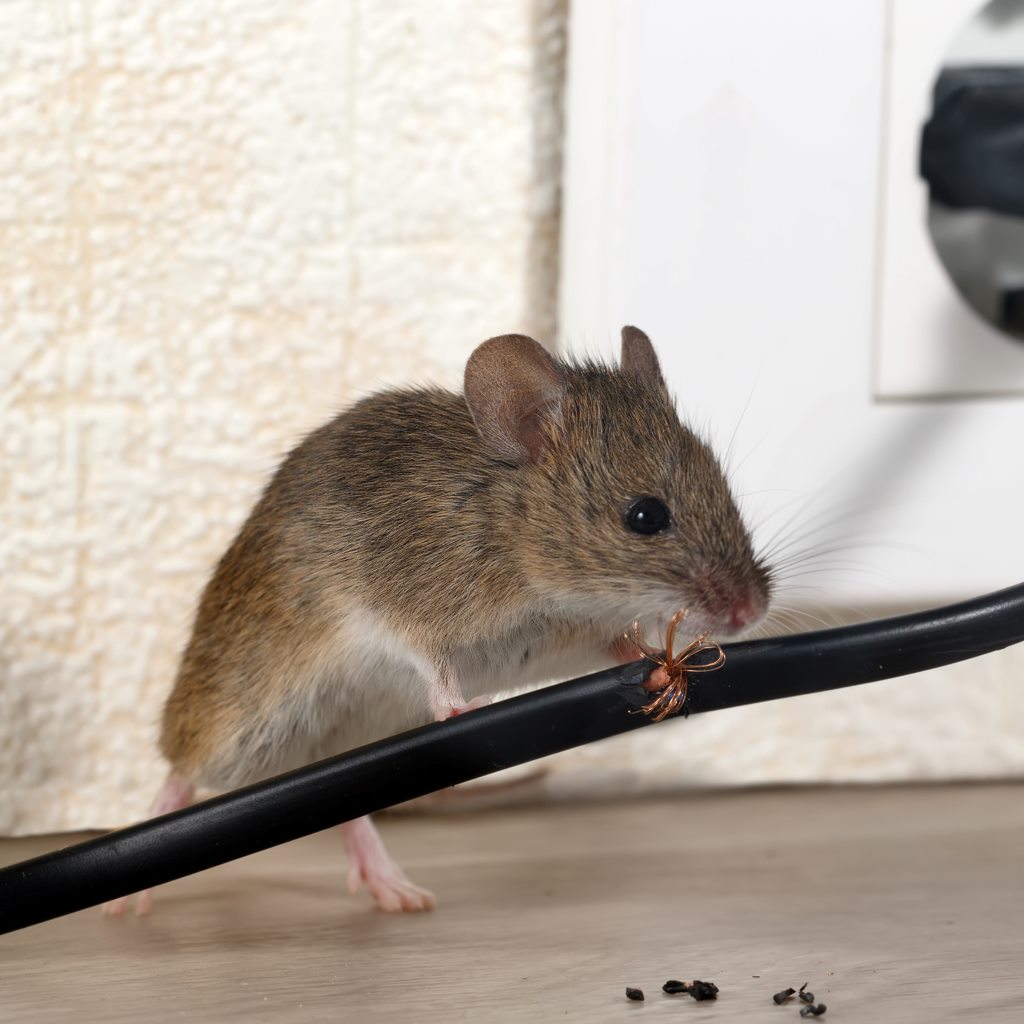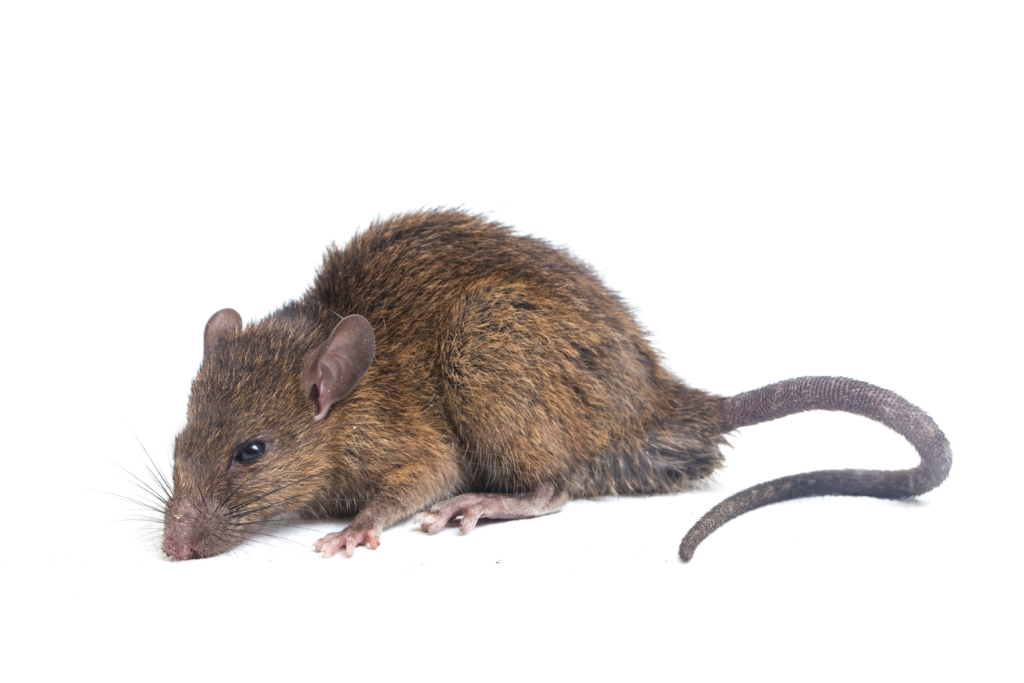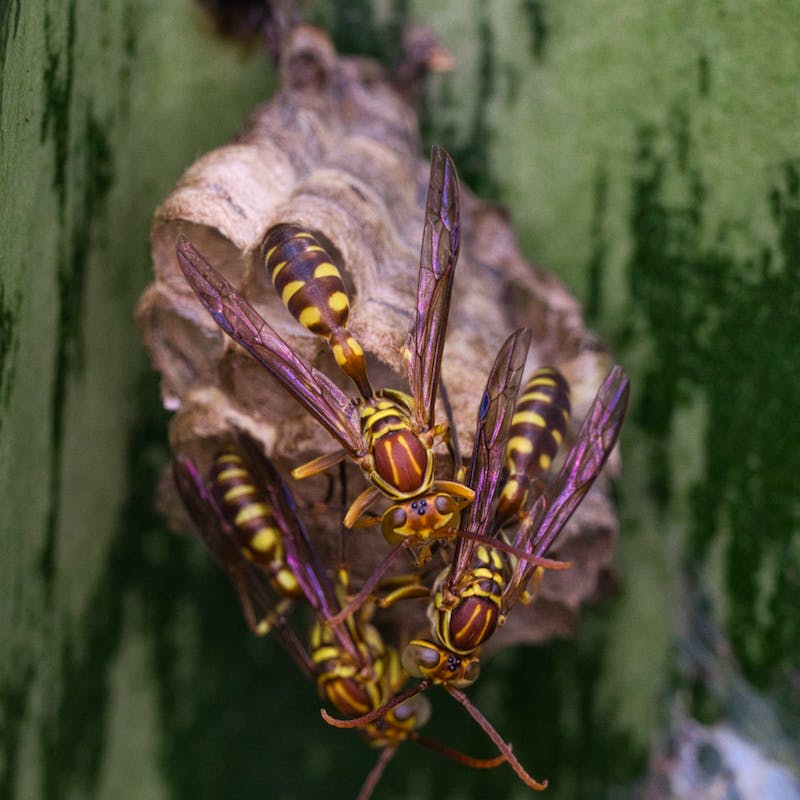
03 Jan 2024 | Trifecta Pest Solutions (UK) Ltd
If you’ve noticed a furry critter in your house or garden your instincts tell you that it’s probably a rat. But is this the case? Although most people think they know the difference between rat and mouse animals, the lines may not be as blurred and you could be mistaken.
In this article, I look at the differences between rats and mice including physical characteristics, behavior, and distribution so that you can easily identify them. This is an important aspect of pest control and vital if you think you have a rodent infestation as the removal process can vary.
Physical Differences
You are most likely to identify the rodent by its physical appearance as despite rats and mice sharing physical similarities, there are key differences that set them apart.
In terms of size, rats are much bigger, and where mice are usually 1-7 inches in length and weigh on average less than an ounce, rats are usually 15-18 inches and can weigh as much as 24 ounces. In short, if the rodent is nearing the size of your foot instead of your hand, it’s a rat.
For coloration, there is little to no difference and both rats and mice can have black, white, brown, or grey coats or a mixture of these colors. There is a small difference in the ears and tails, however. Mice have large rounded ears and long, hairy tails, whereas rats’ ears are small and flat and their tails are hairless as rat pest control experts can tell you.
Behavioral Contrasts
There are key behavioral differences too which can help identify rats and mice. Rats are cautious and jumpy and will usually avoid areas or situations they are not familiar while mice have a more curious and exploratory nature.
Mice are far more territorial too and solitary and typically don’t mix well with others whereas rats are communal and have huge nests that can contain hundreds of rodents.
Habitat and Distribution

In terms of habitat, mice are more adept climbers and can squeeze through smaller holes which means oftentimes they are found higher up in houses such as in the attic. This contrasts with rats as they prefer to burrow and make nests closer to the ground or underground in basements for example.
There is a stark contrast in population too with there being approximately 5+ million house mice in the UK compared to the immense population of 200+ million for rats. This huge difference is a result of their reproductive capabilities with mice being able to produce around 300 offspring per year compared to the rats 1000.
The lifecycle of rats and mice compared to humans is relatively similar with mice living on average for two years, and rats 2.5 years. That is a relatively large difference between rat and mouse though as rats on average live 25% longer than mice which is another contributing factor to their ridiculous population.
Health Risks, Damage, and Concerns
Both rats and mice can cause a heap of damage and will gnaw wood and other materials when making nests and in their general day-to-day activities. Typically, rats are stronger, however, and they are known to gnaw through tougher materials like glass, breeze blocks, and sheet metal!
The health risks are a real concern too and both mice and rats can carry diseases that affect humans which is why eliminating rats outdoors and in your home should be a priority. Examples of diseases rodents can carry include Lymphocytic Choriomeningitis, Typhus, HPS, and Leptospirosis.
Conditions like HPS can cause fever, muscle aches, and fatigue, while more serious diseases like Lymphocytic Choriomeningitis can result in hospitalization but have a low chance of mortality. In short, the health risks both mice and rats can cause are real for humans and pets.
Aside from the health risks, the unpleasantness of an infestation cannot be understated either. Mice excrete between 40-100 droppings per day and rats 20-60 per day so the mess they make can be horrendous when combined with a steady flow of urine. The smell is usually pungent and it can stain walls and areas in your home too.
Recognizing the Unique Traits of Rats and Mice
So, if you happen to see a rodent running rogue in your house or garden, don’t assume it’s a rat. Take the time to assess the animal if possible including its behavior and physical appearance as it could just as easily be a mouse.
Once you are sure what critter is present, you can then look at contacting pest control experts to take care of the situation accordingly. Relocation is a potential method depending on the size of the infestation, but extermination via rat poison is a possibility too if the situation has spiralled out of control.

